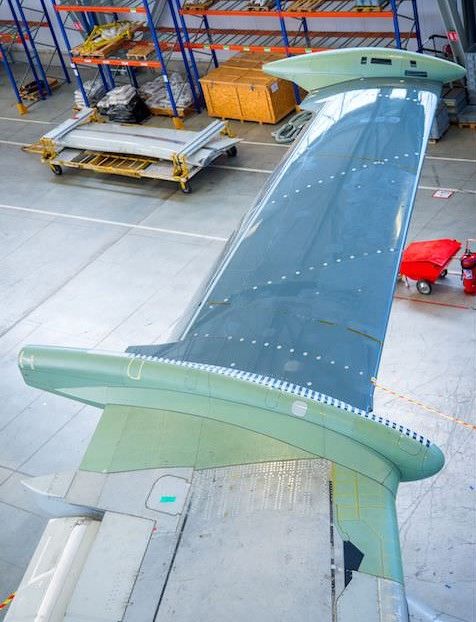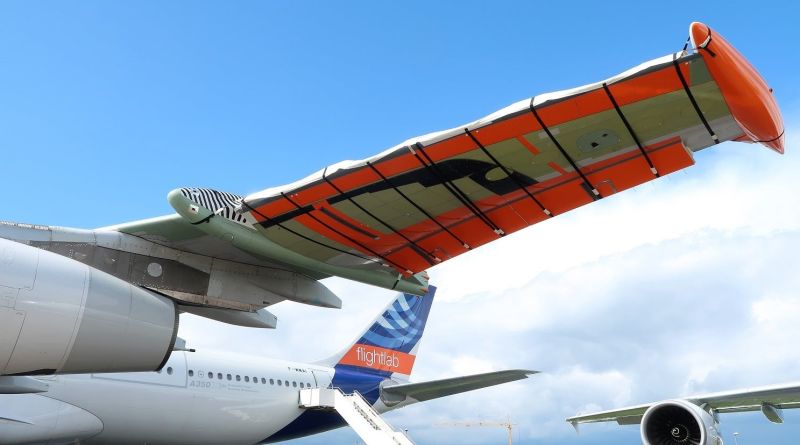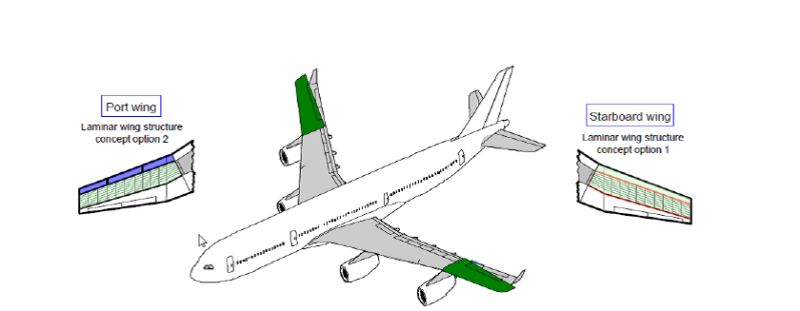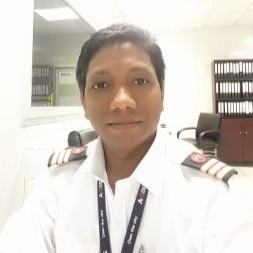How Natural Laminar Flow (NLF) shaped Airbus’s BLADE (Breakthrough Laminar Aircraft Demonstrator in Europe) project under the EU’s Clean Sky programme ?
What was the outcome ?



✔Controlling the Laminar airflow over the wing surface to push transition point is the key.
✔NLF is the advanced leading edge technology, applied on the wing for fuel efficiency & emission-reduction efforts by reducing wing drag upto 50%.

✔Airbus’s A340 laminar-flow “BLADE” test demonstrator aircraft made successful test flights with modified Outer wings in september 2017.
✔The experimental wings, which fitted a 30 ft metallic outboard section each side, had:
A CFRP upper laminar flow surface.
Isolation from the inner wing.
Two Ailerons on each side.
Wing sweep of 20° for a Mach 0.75 cruise (instead of regular 30° for a Mach 0.82–0.84 cruise).
✔ ‘BLADE’ Outcome :
Both outer wings with their Upper-CFRP continuously generated the desired effect.
However, the CFRP LH wing leading edge & Metallic RH wing leading edge showed small differences in aerodynamic effects.
Surprisingly, Laminar flow demonstrated 50% of chord length instead of just aft of the leading edge.
It Reduced the overall aircraft drag by 8% & up to 5% fuel saving on a 800nm range.

Author – Tanmay Palei
Sr. Aircraft Structure Engineer
